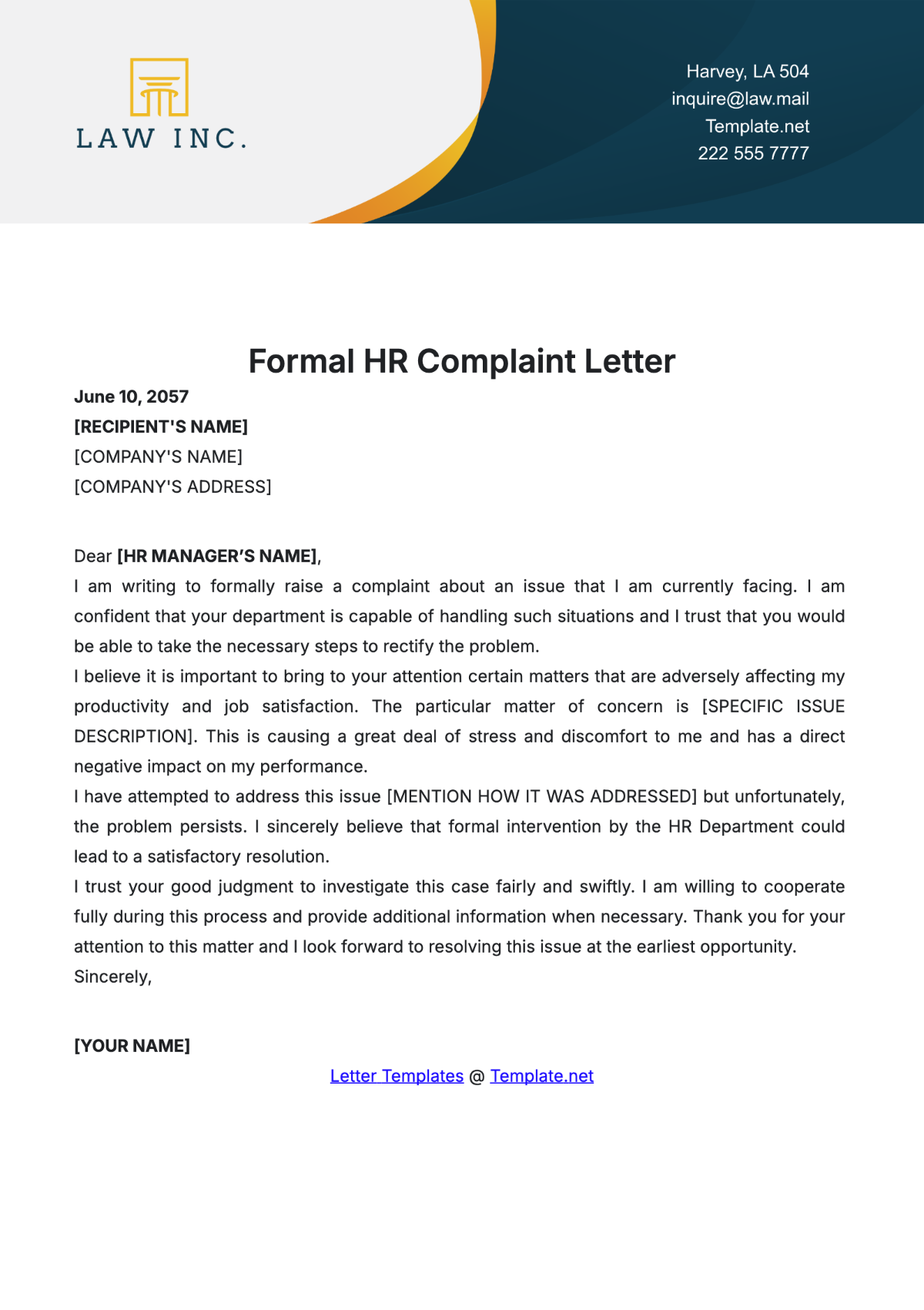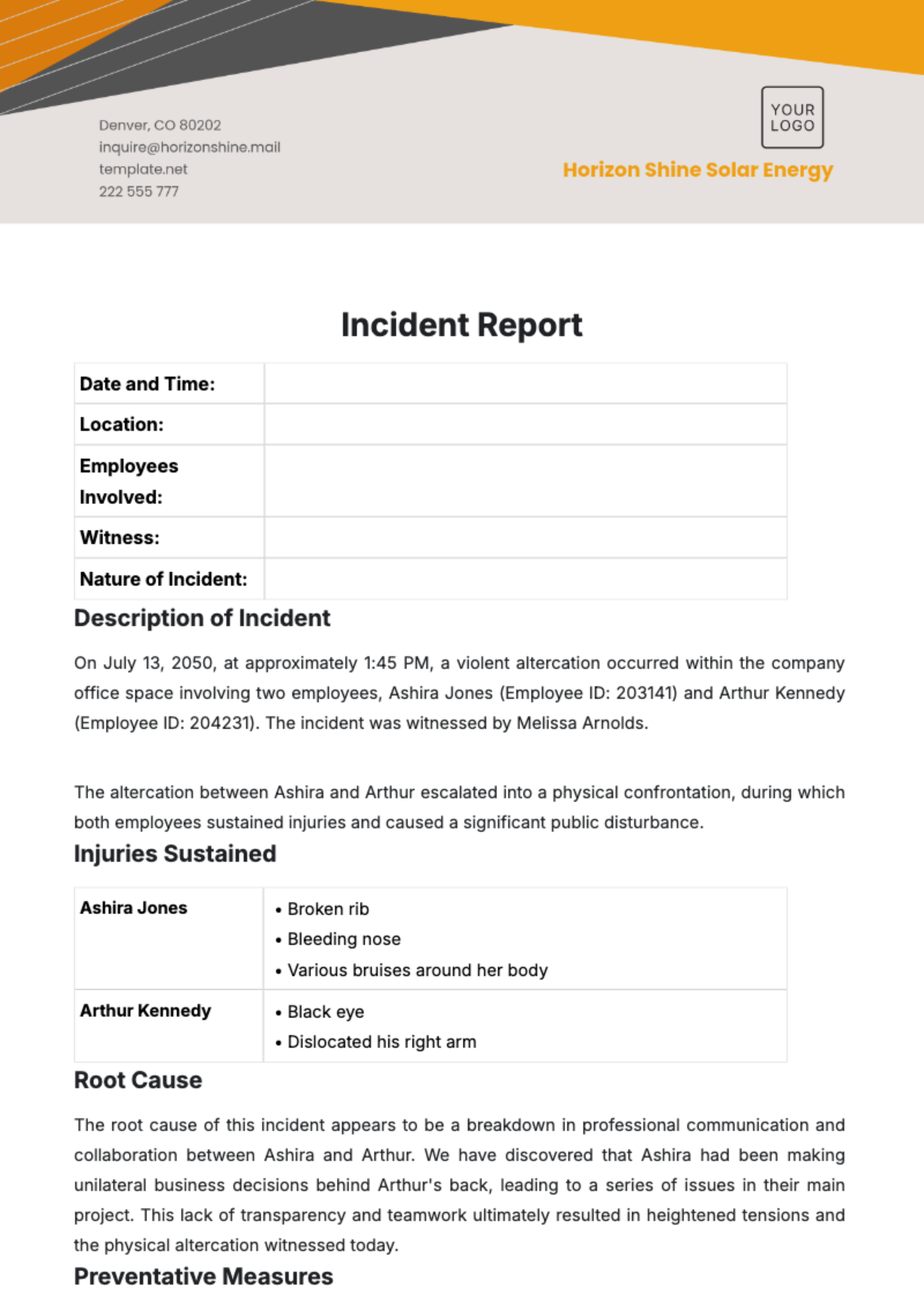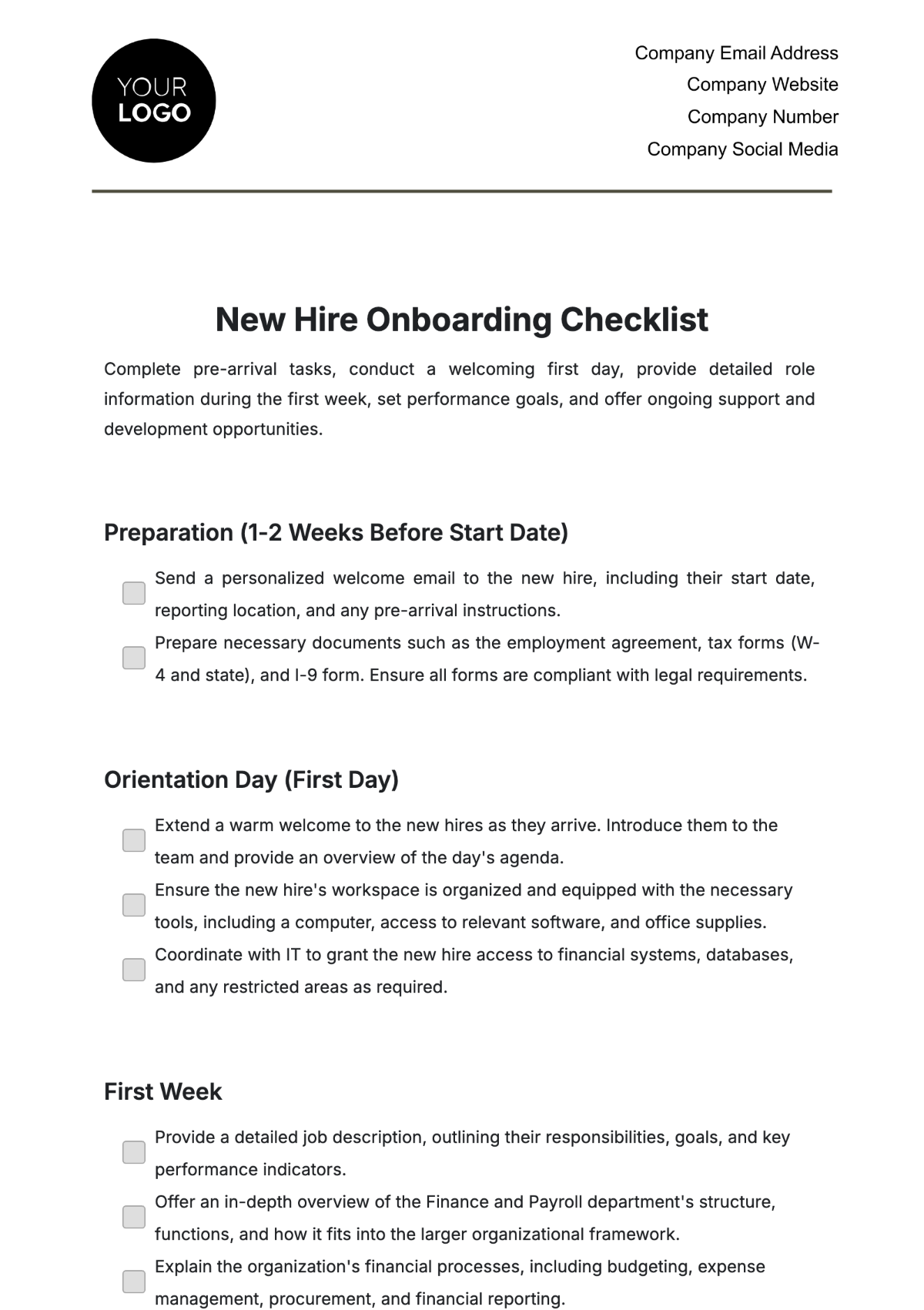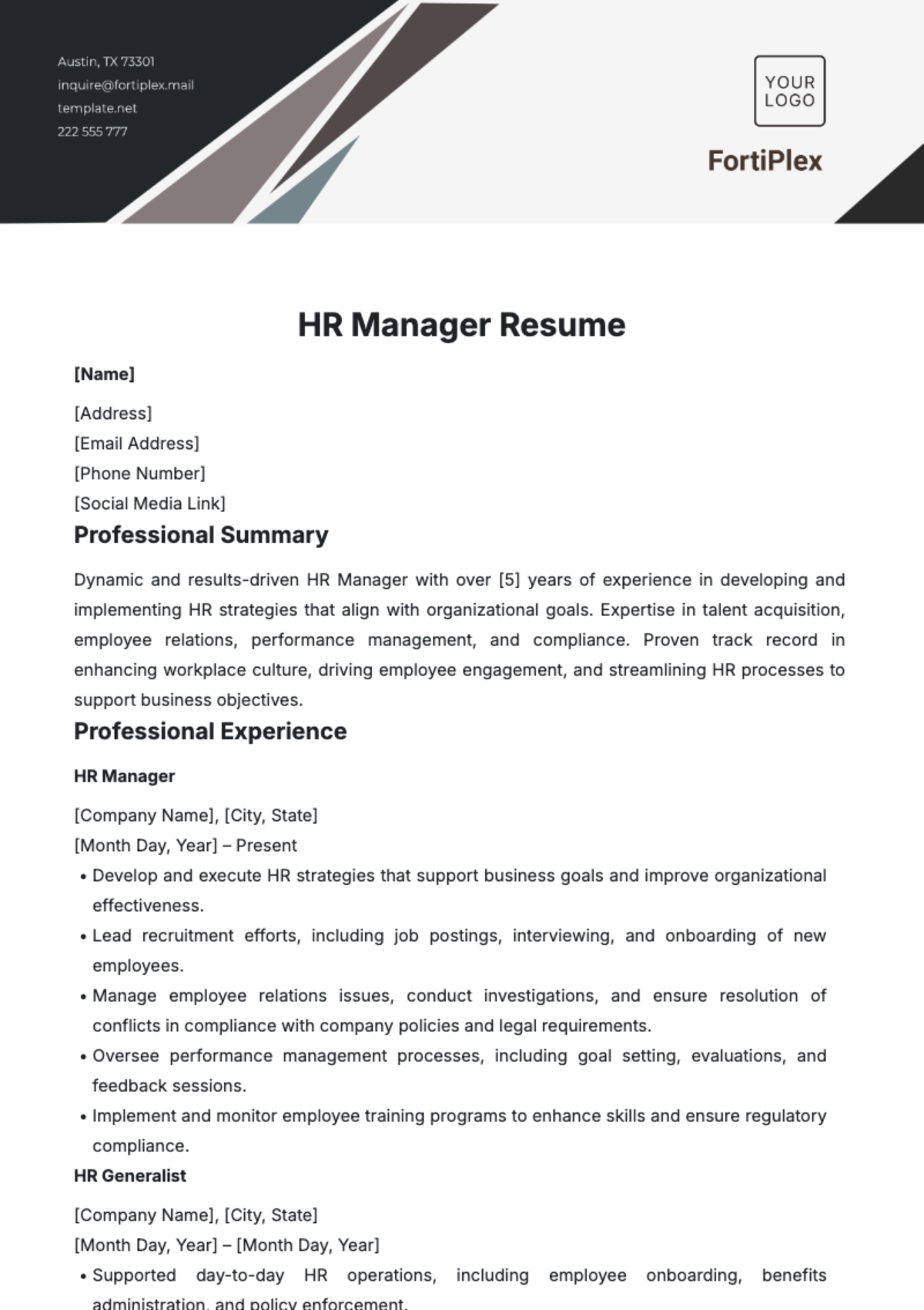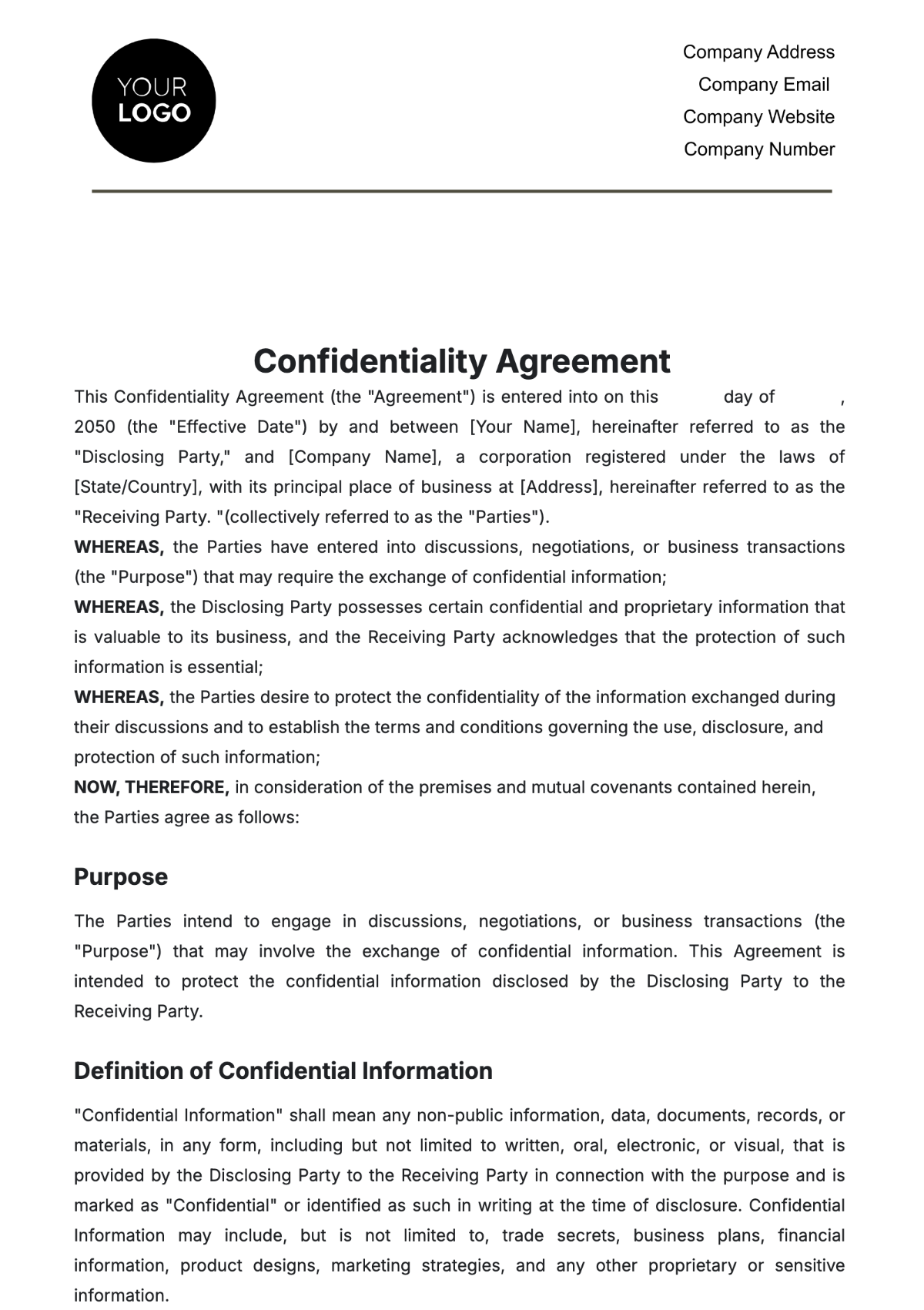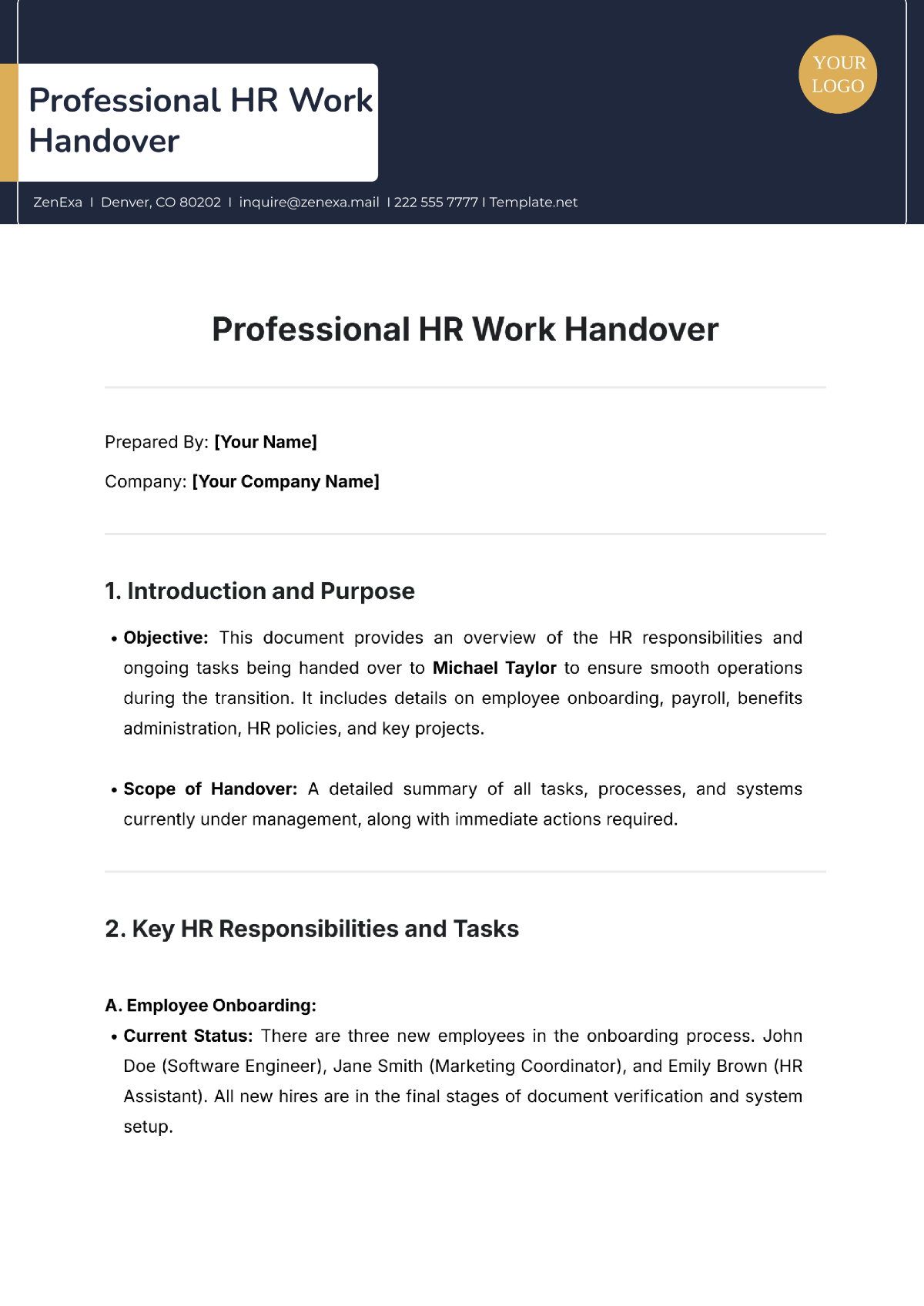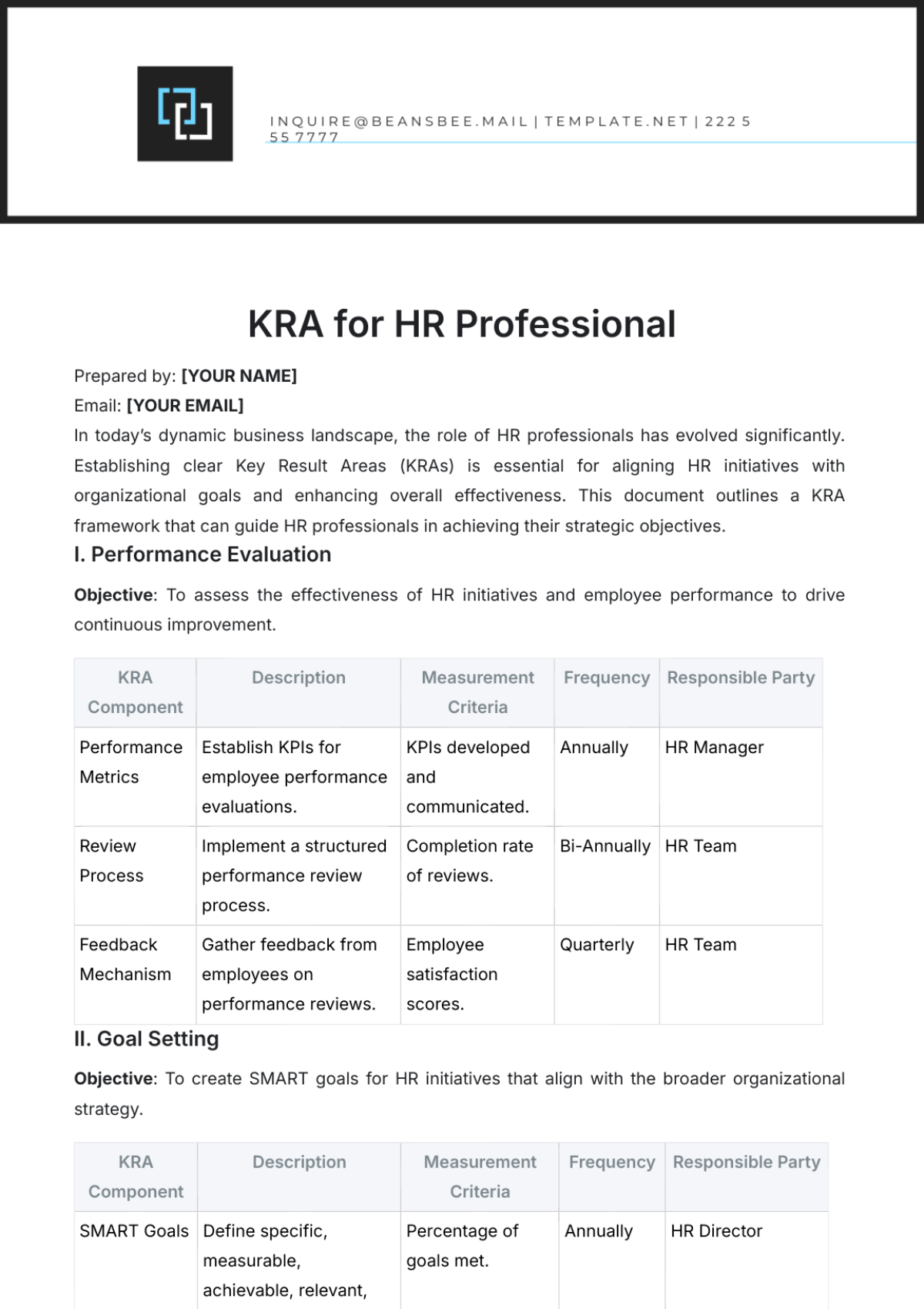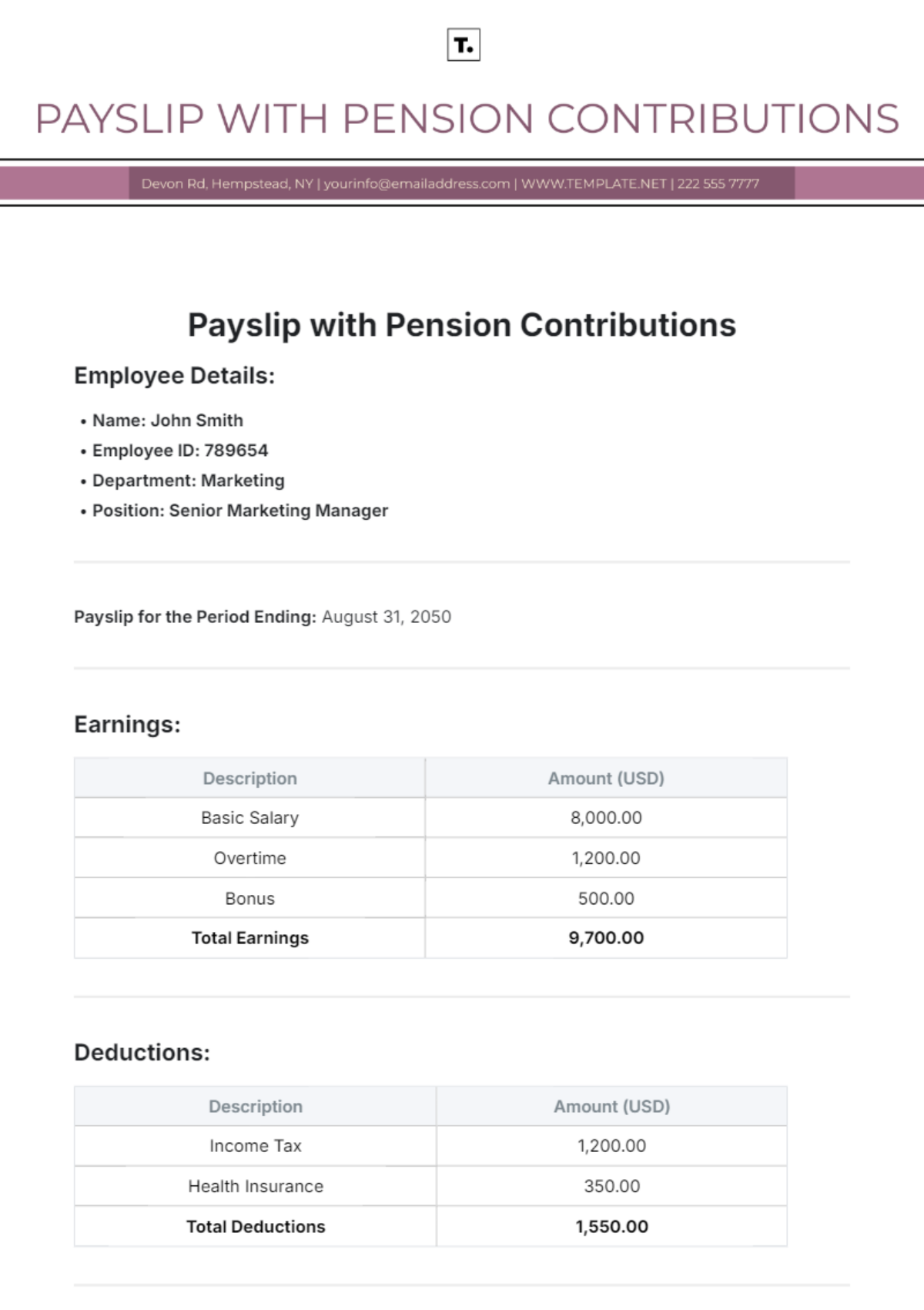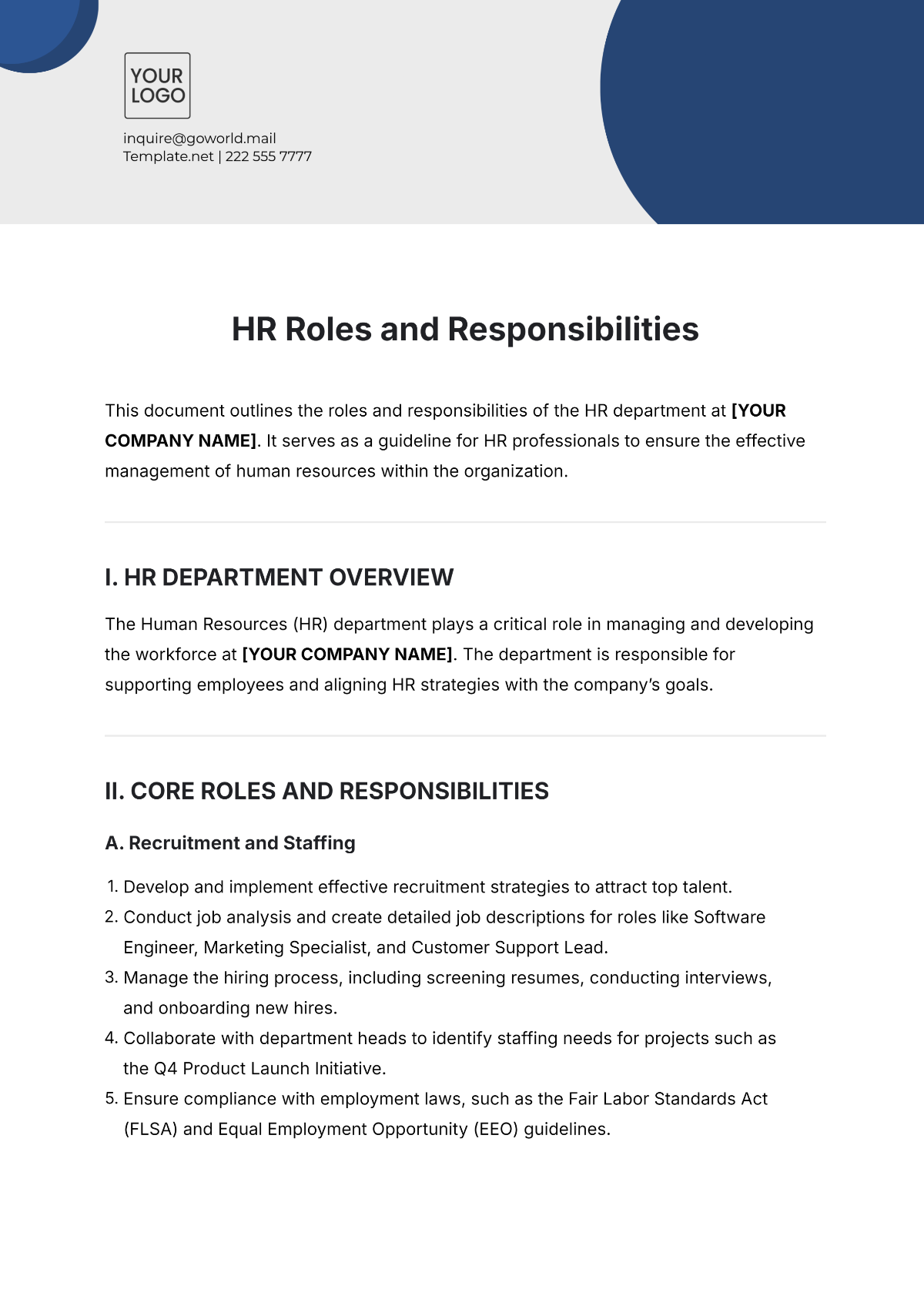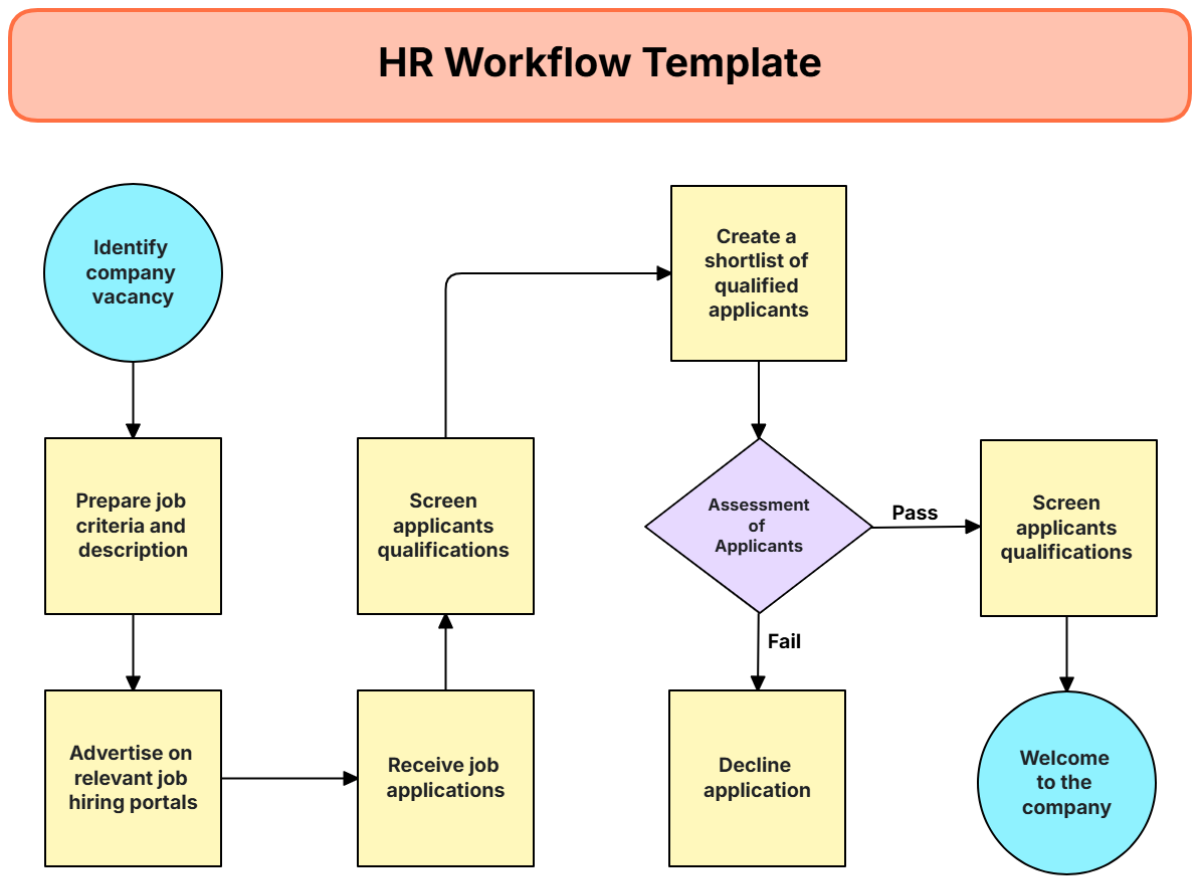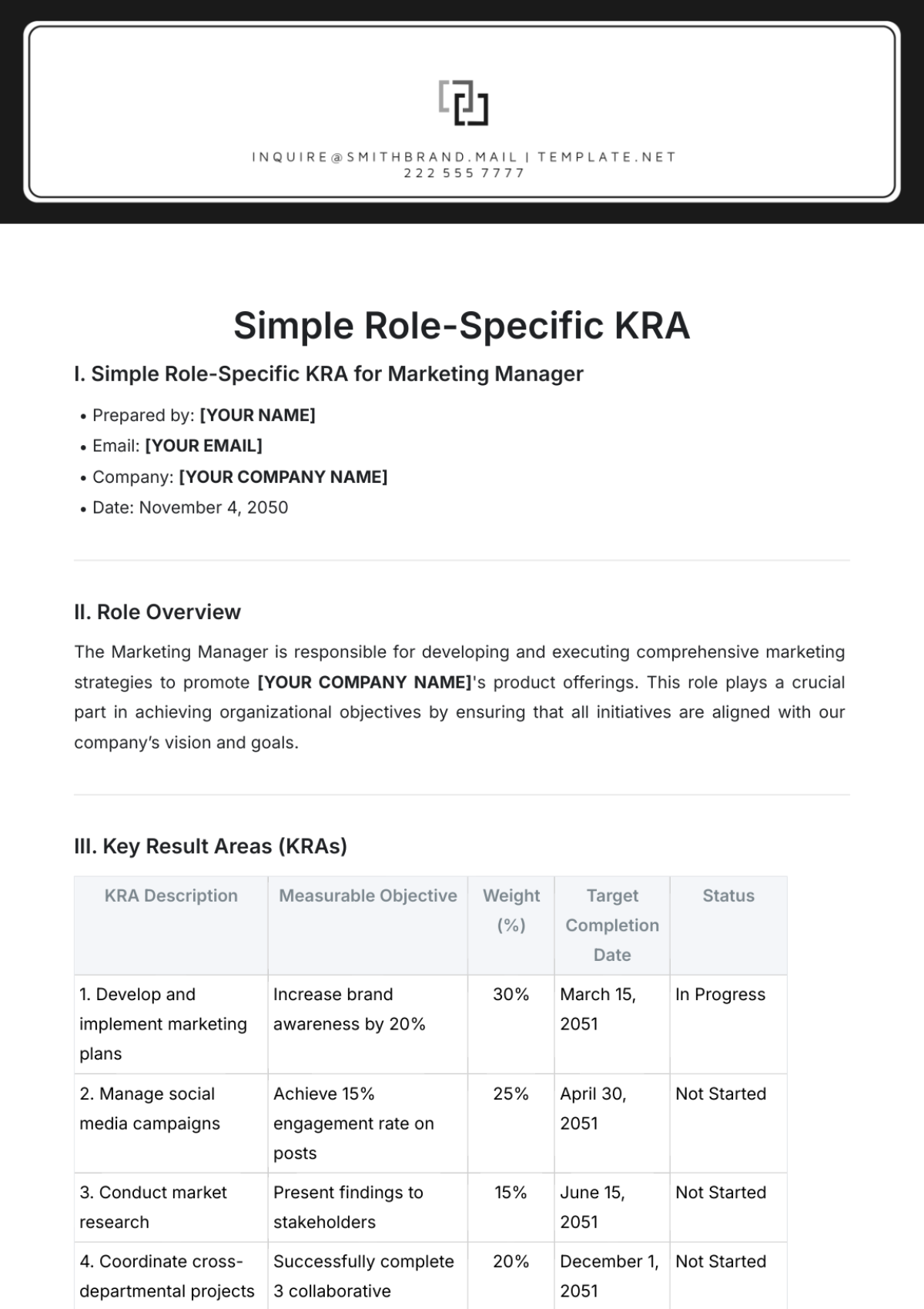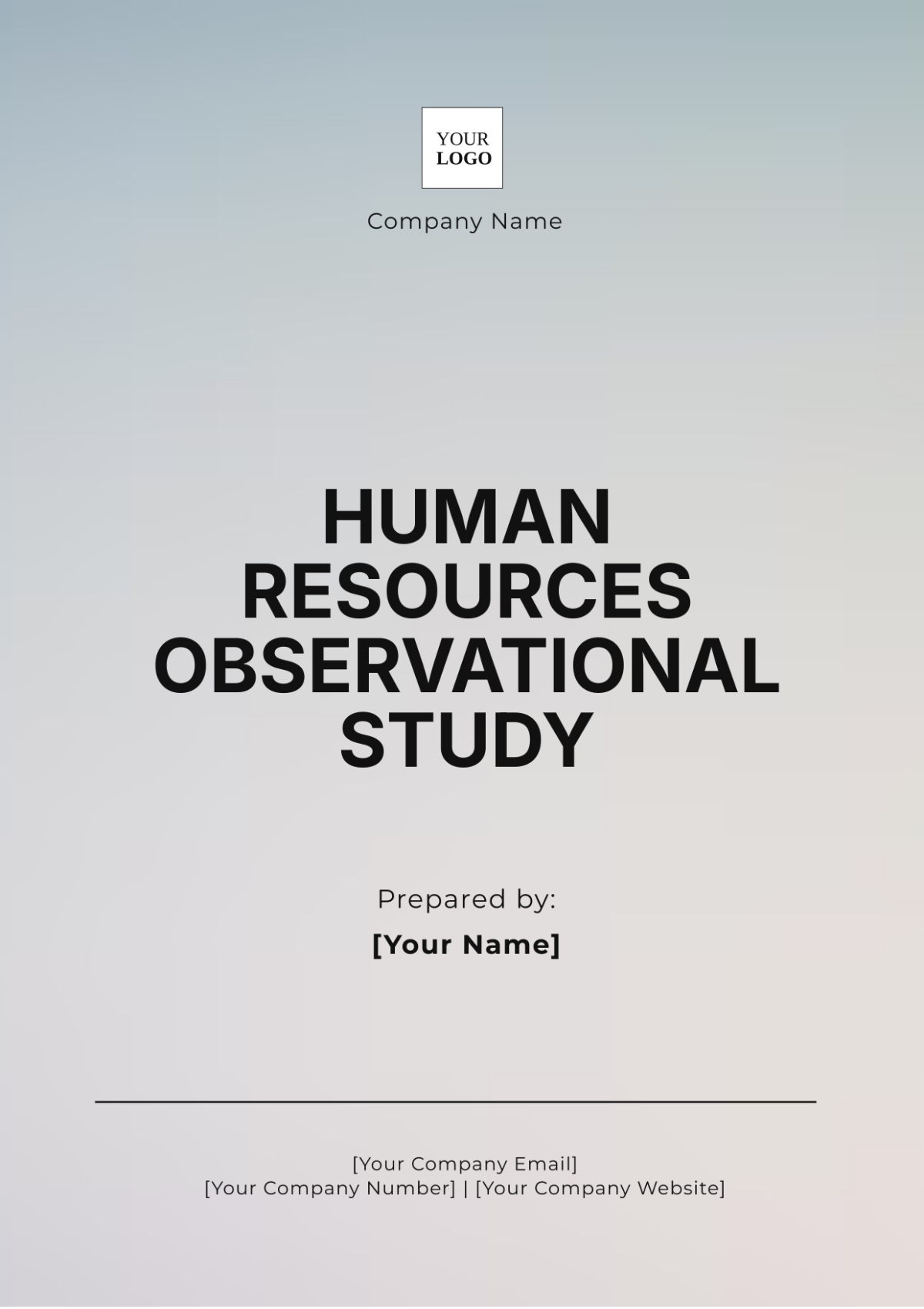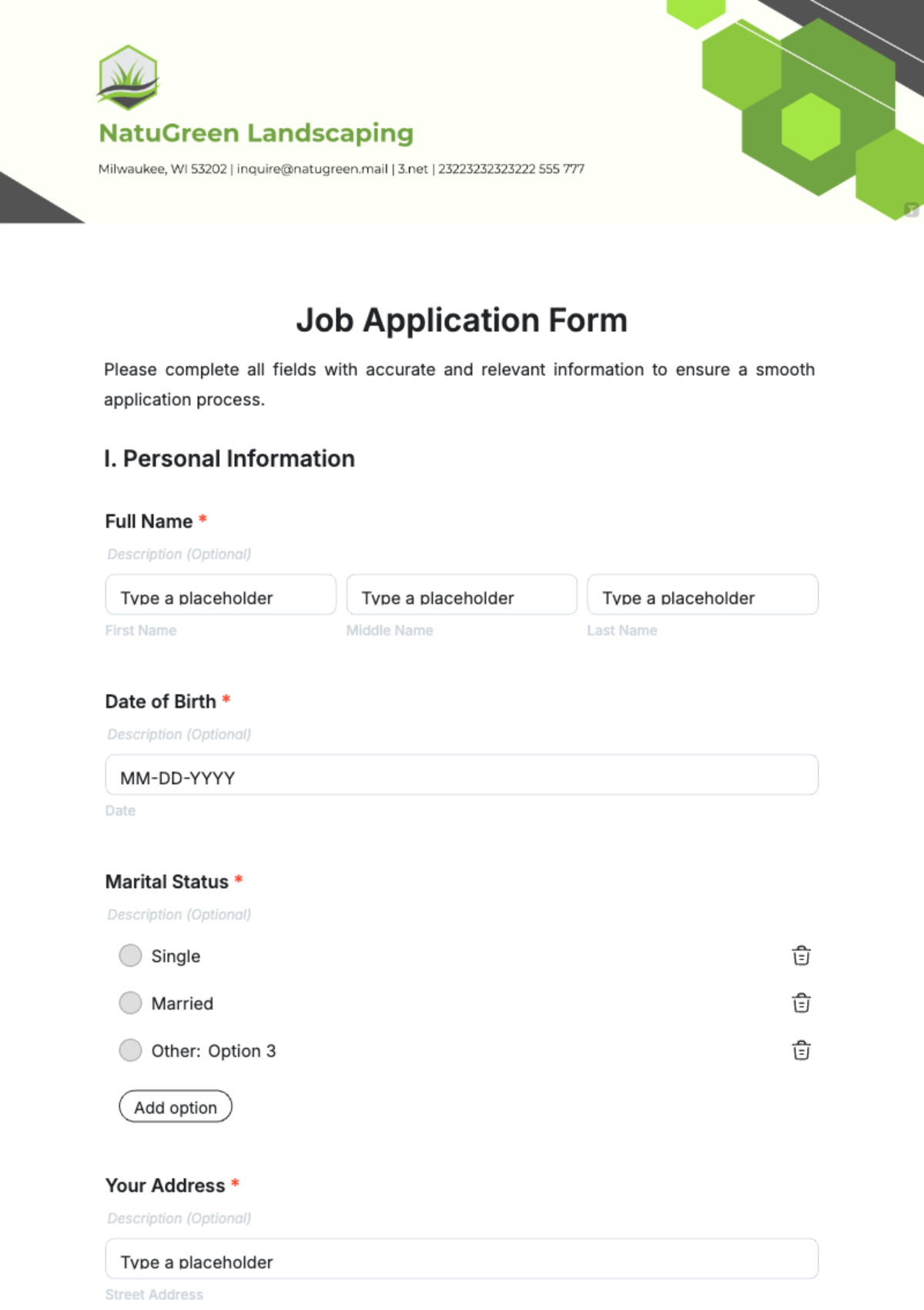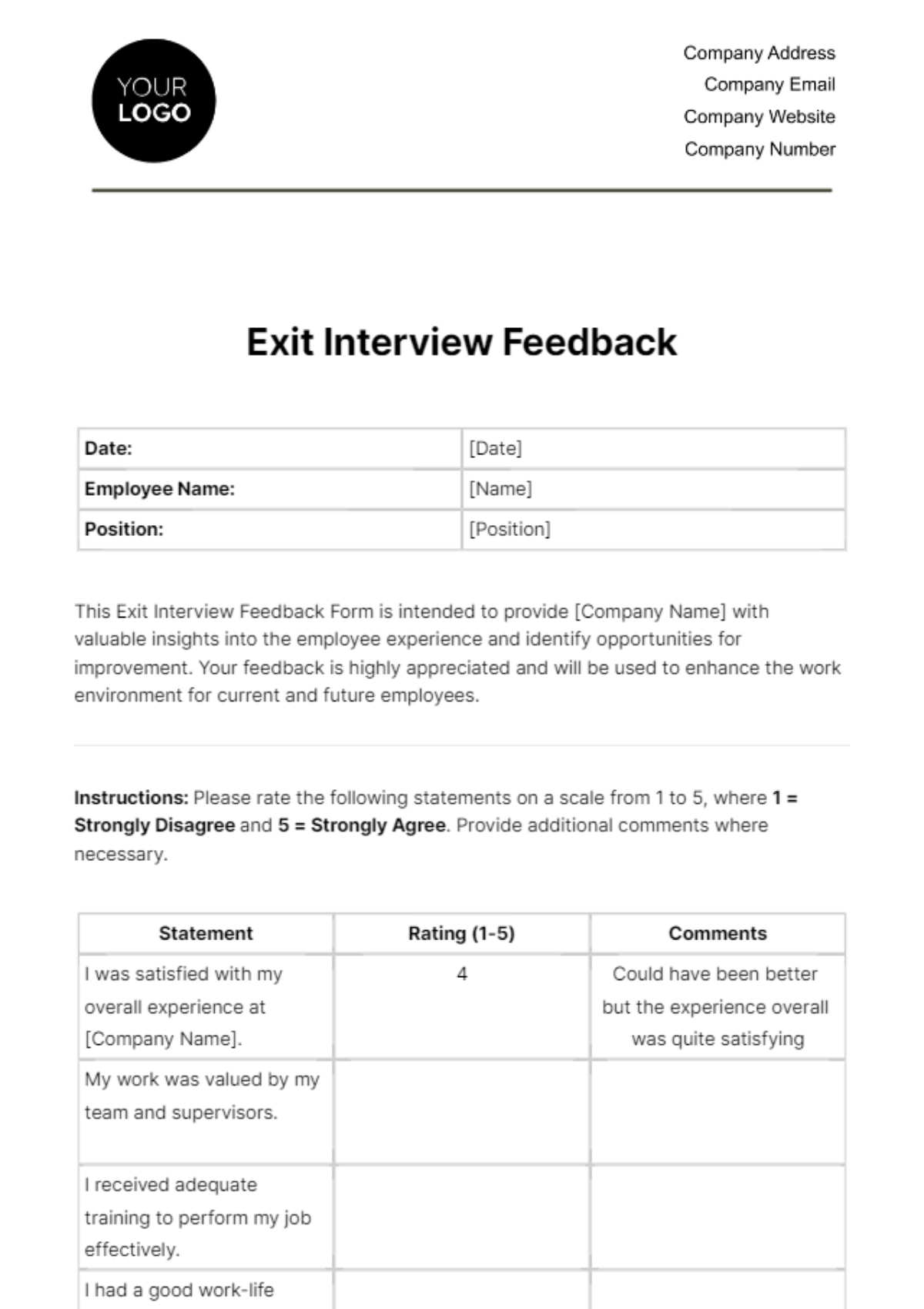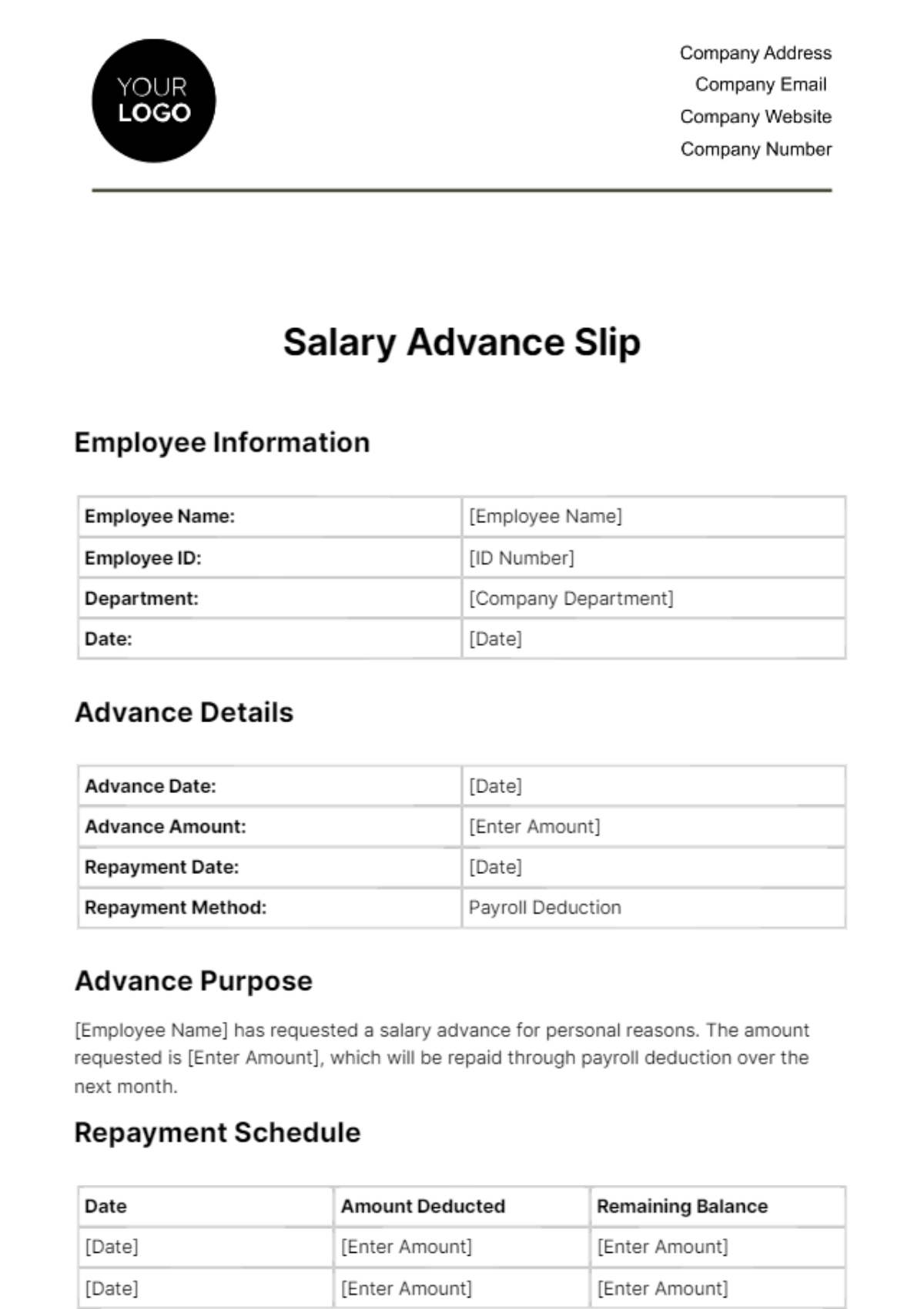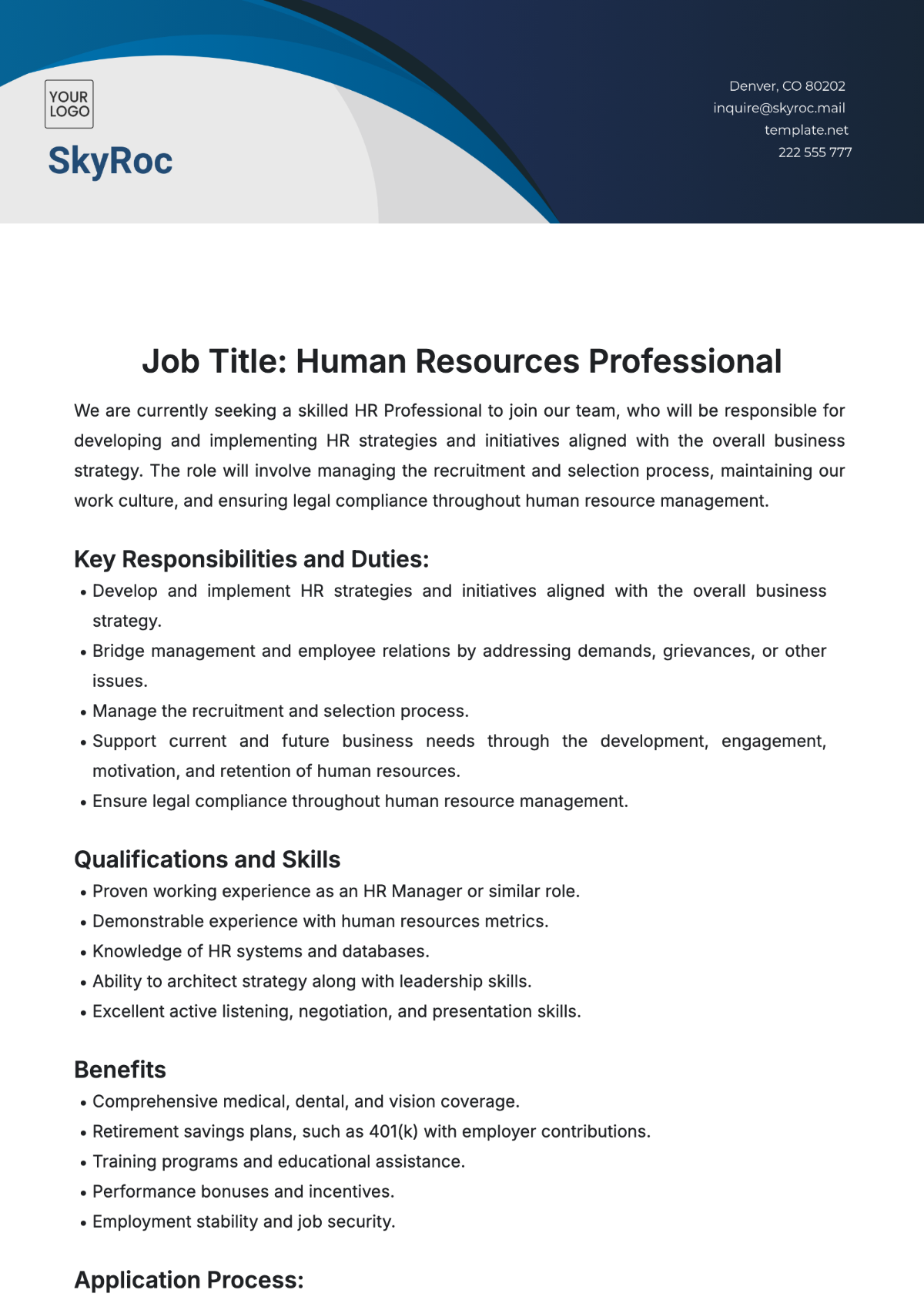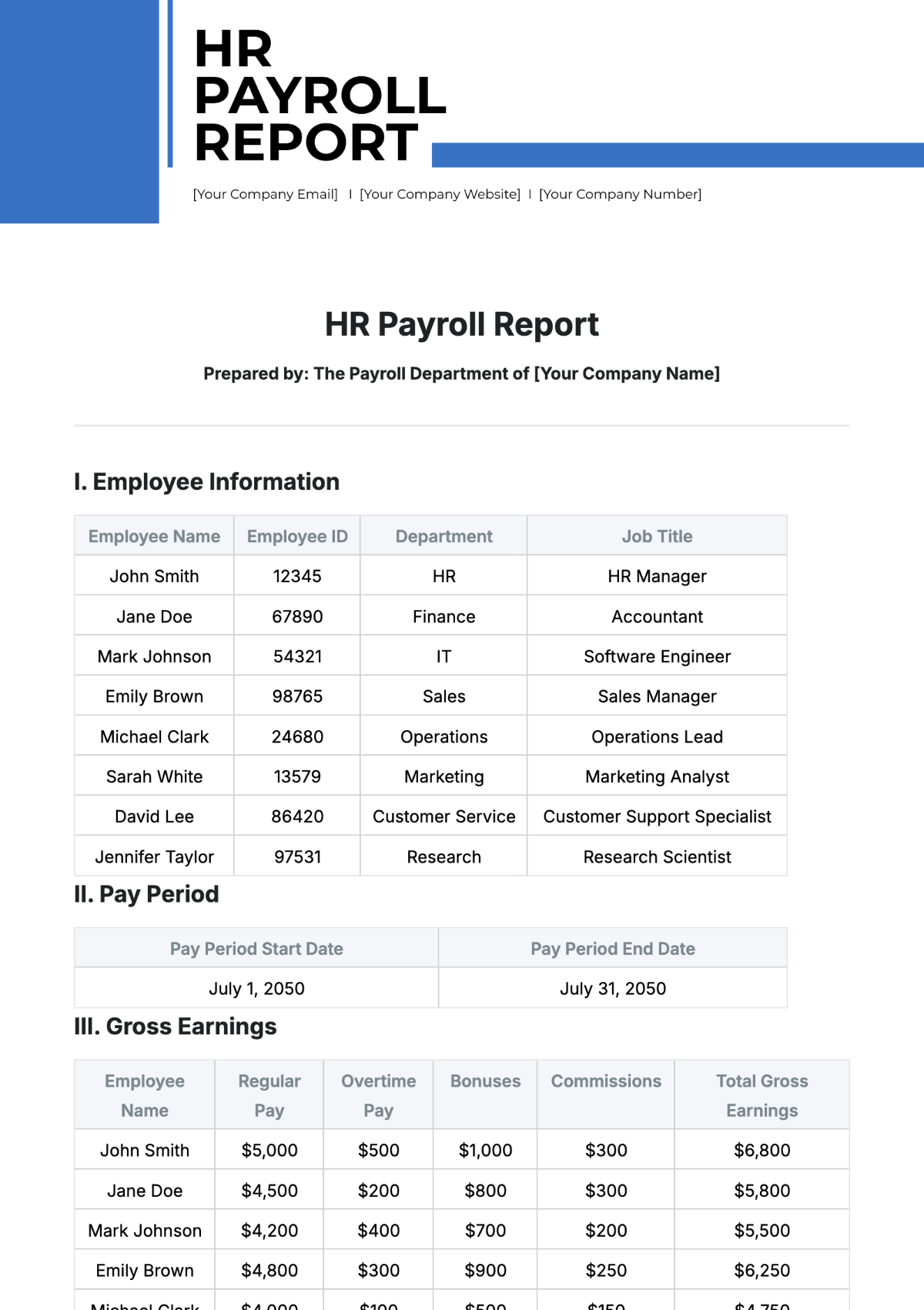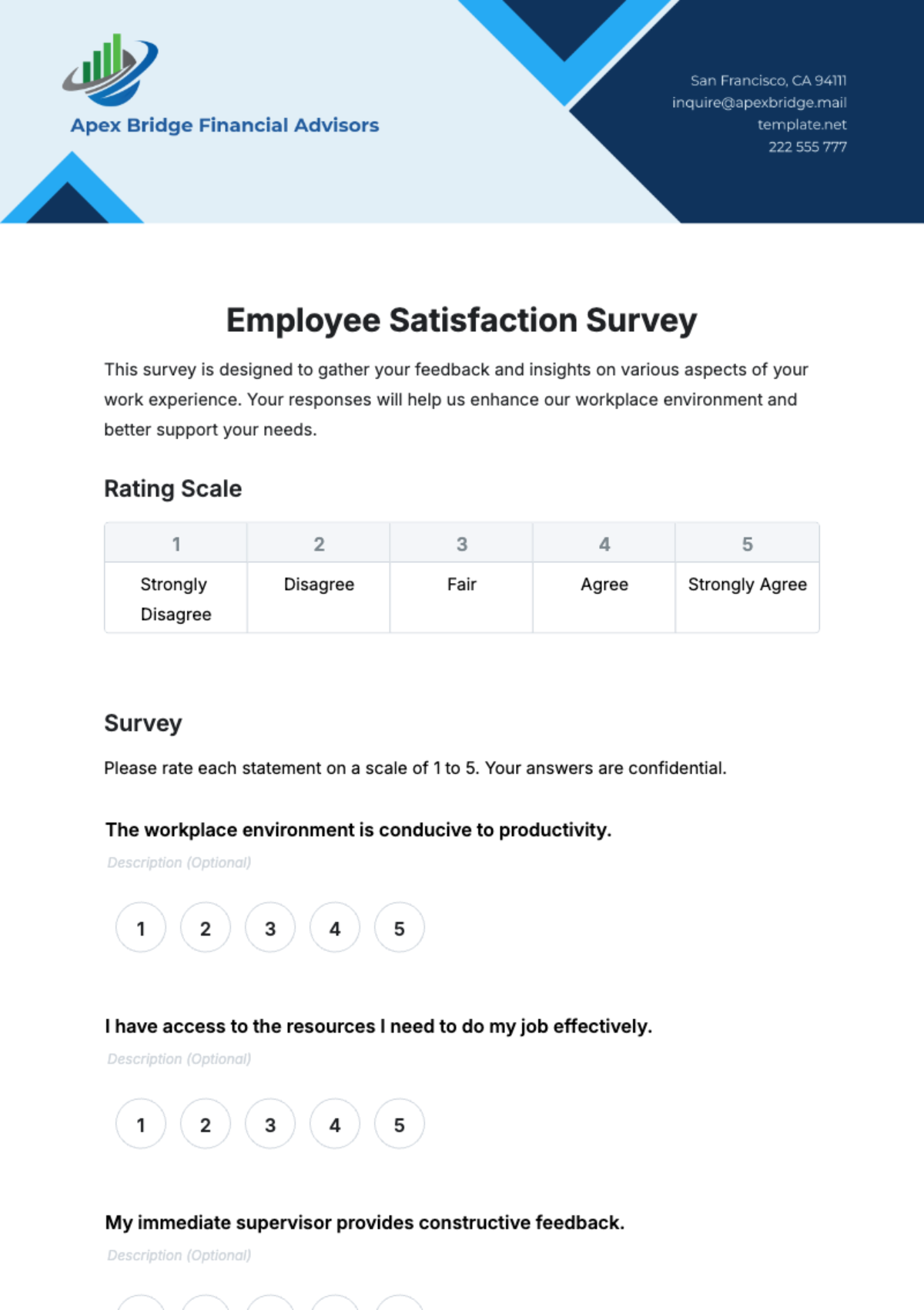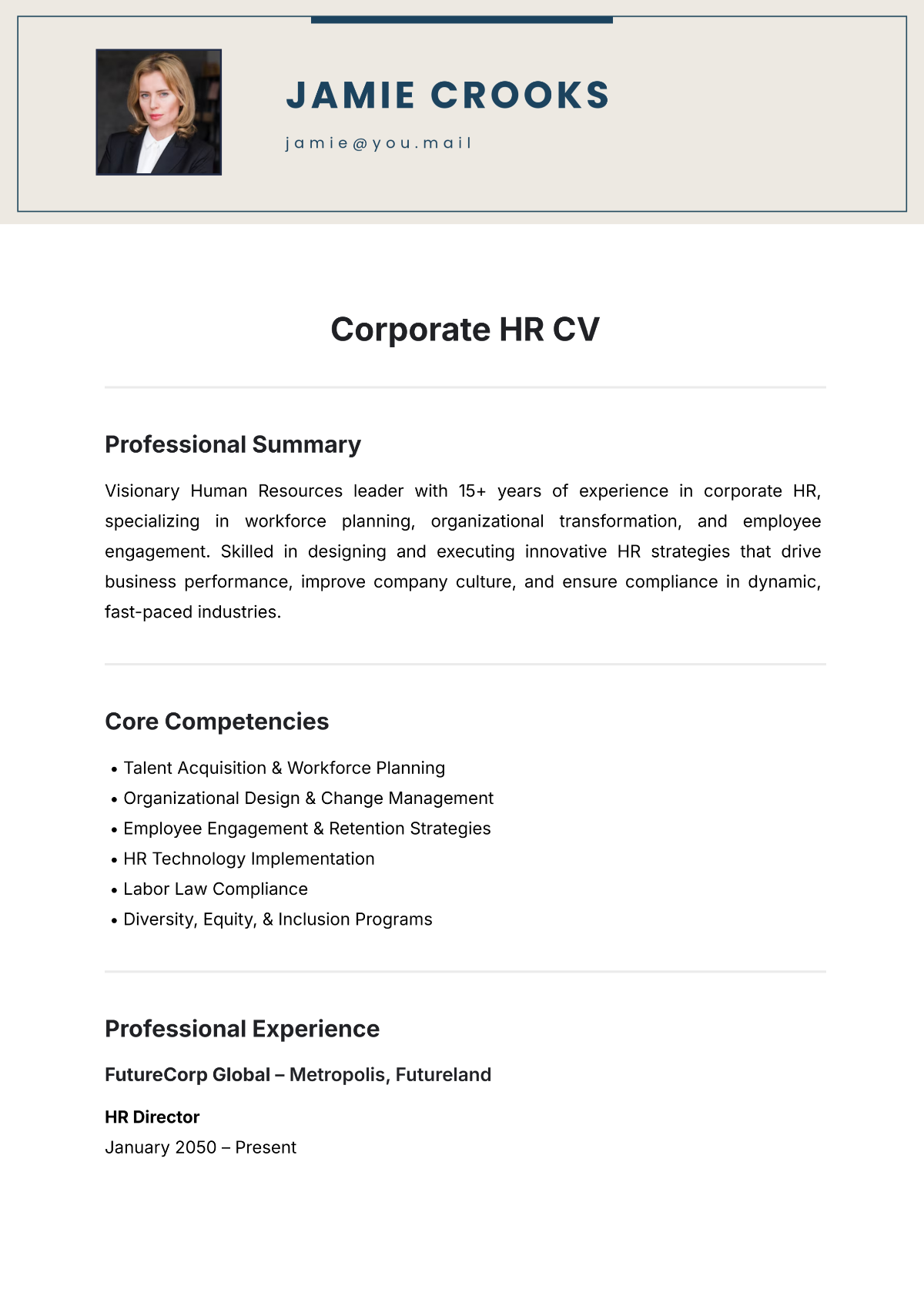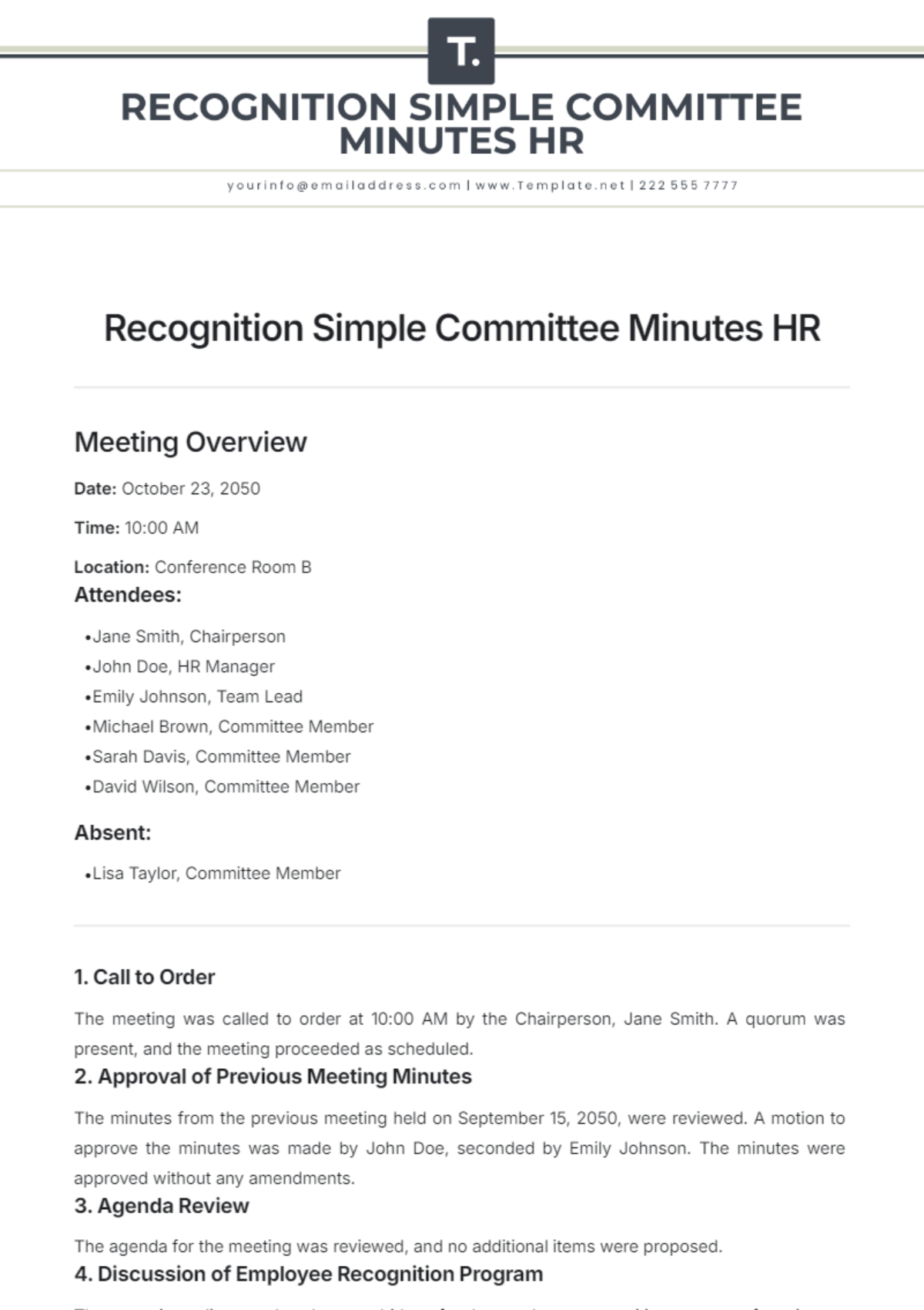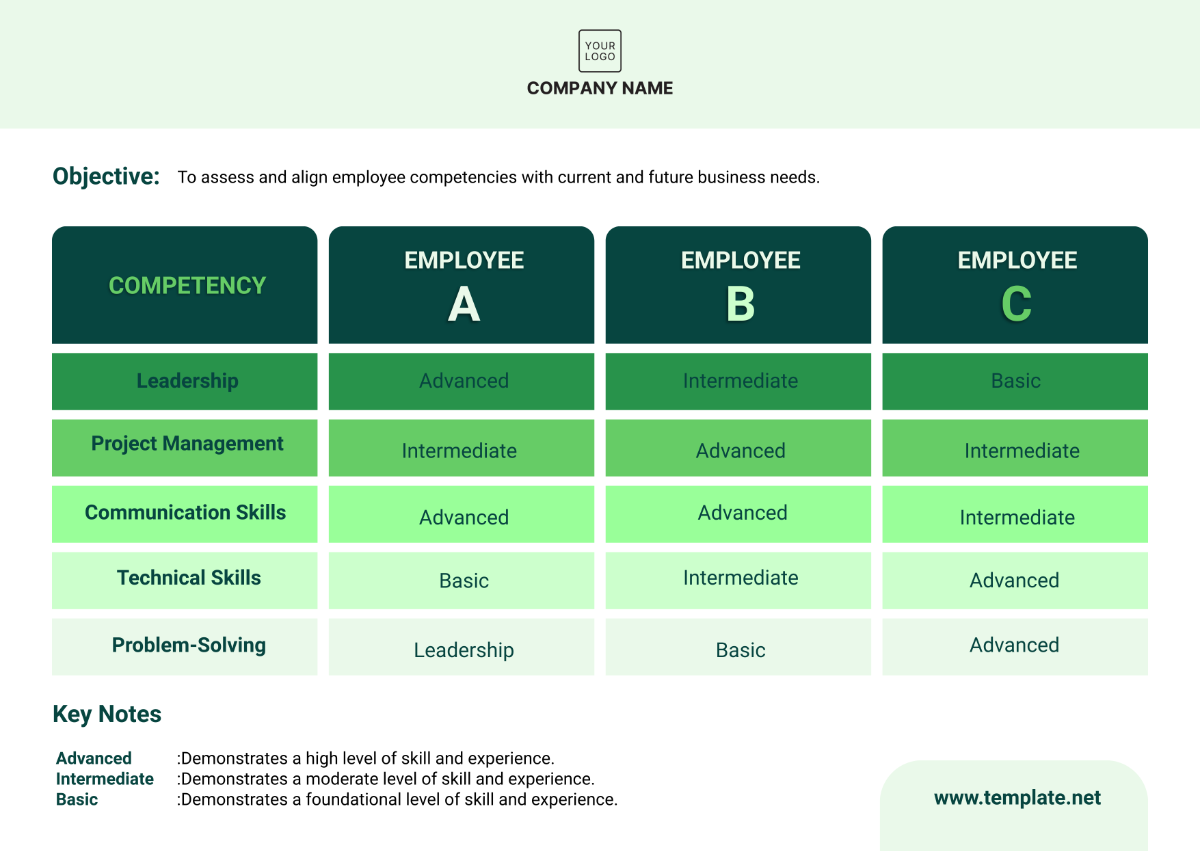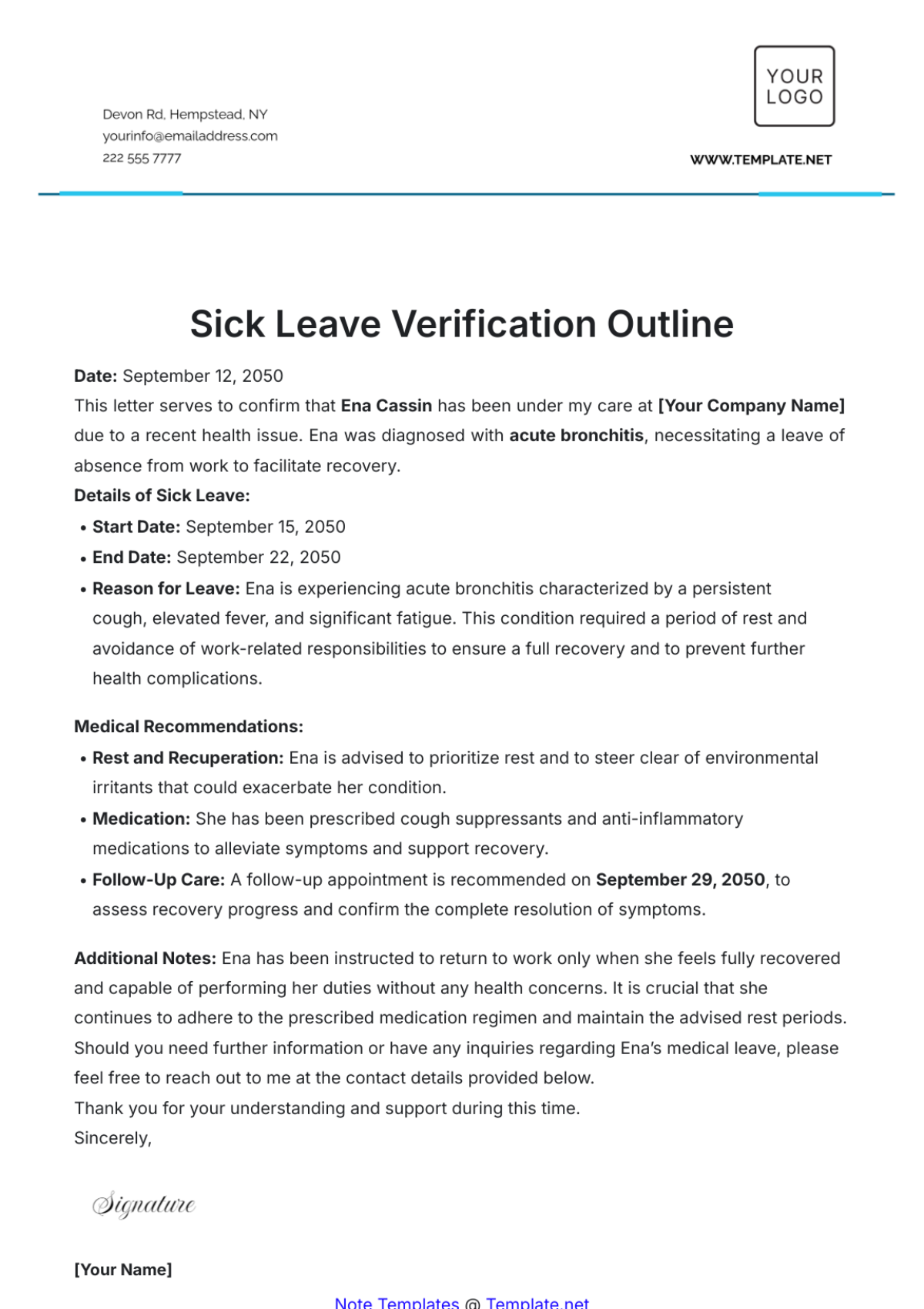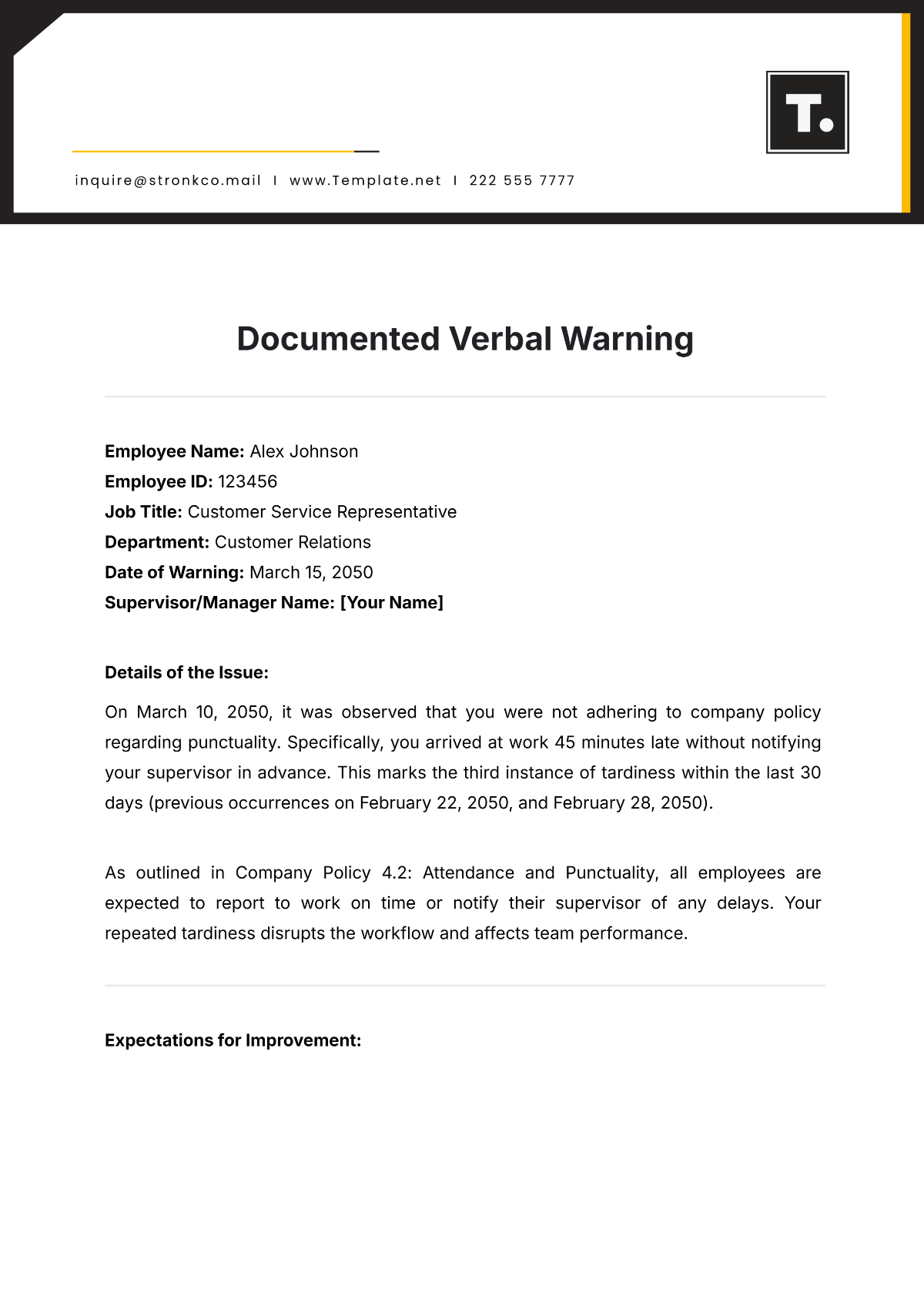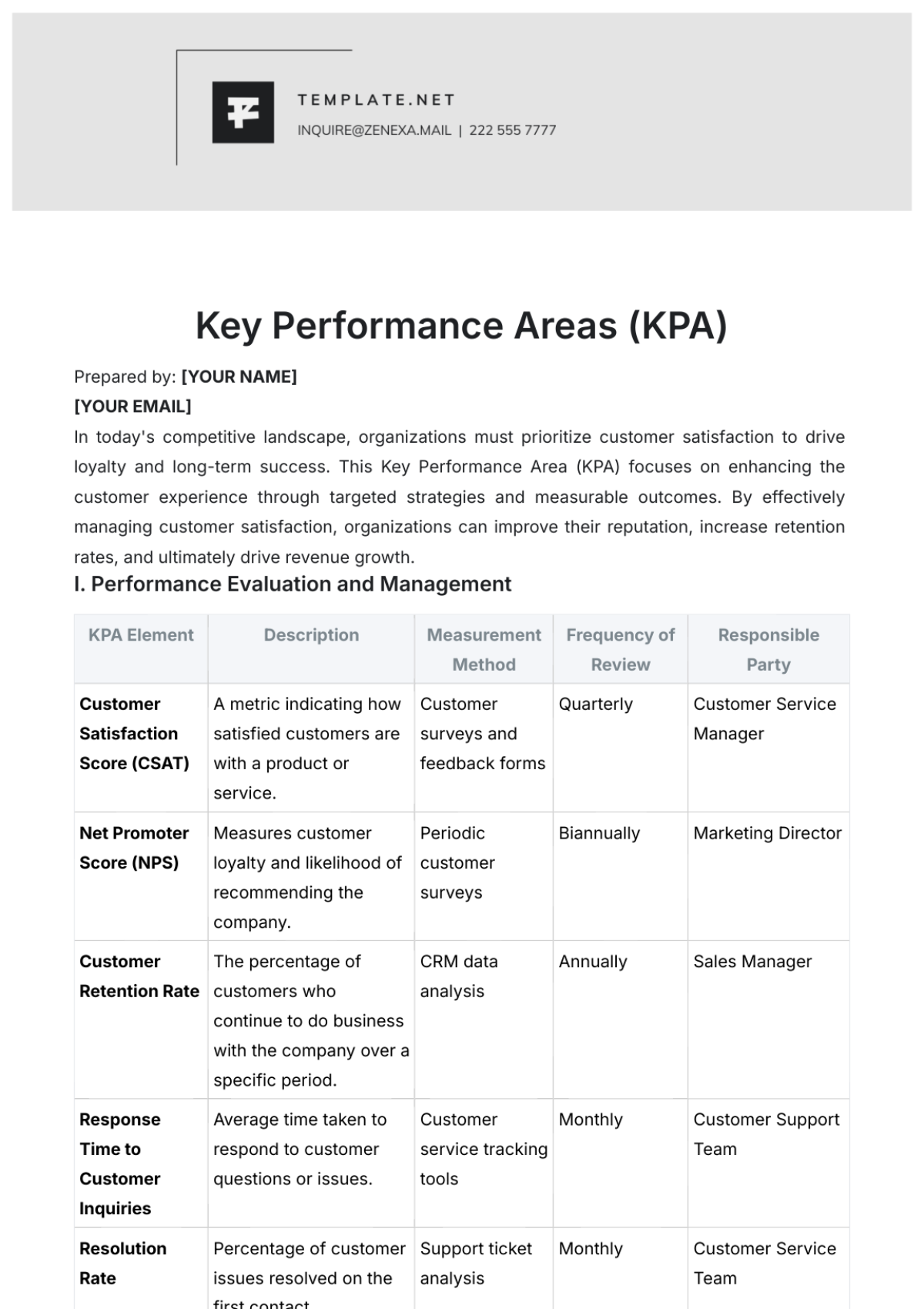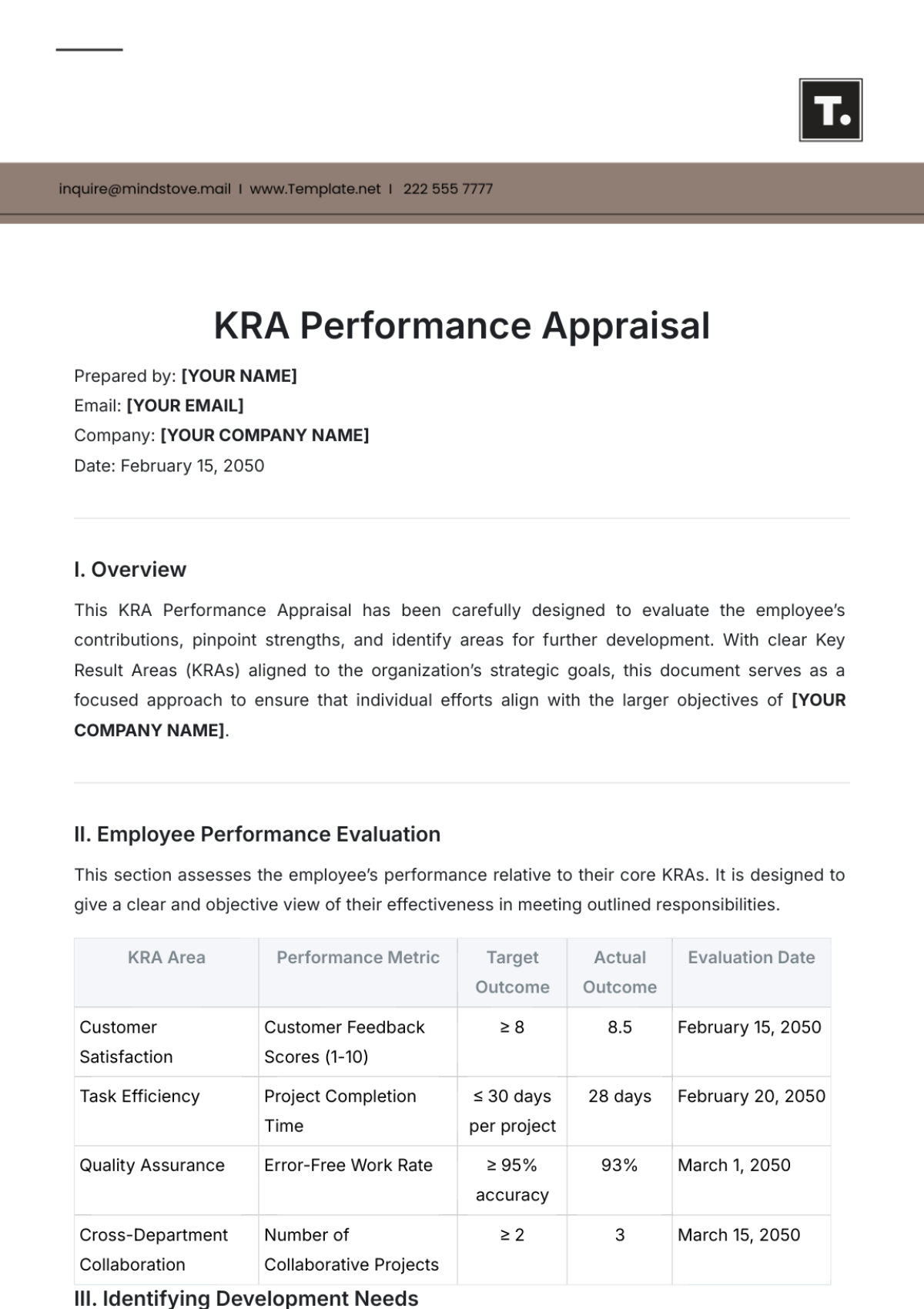Guide to Managing Remote Team Relationships
TABLE OF CONTENTS
Introduction ............................................................................................................4
A. Purpose of the Guide ....................................................................................................4
B. Importance of Managing Remote Team Relationships ..................................................4
Understanding Remote Team Dynamics ...................................................................4
A. Characteristics of Remote Teams ................................................................................4
B. Challenges Faced by Remote Teams ...........................................................................4
C. Benefits of Remote Teamwork .....................................................................................4
Building a Strong Remote Team ................................................................................4
A. Recruitment and Selection ...........................................................................................4
B. Onboarding Process ....................................................................................................5
C. Team Composition .......................................................................................................5
Effective Communication ........................................................................................6
A. Communication Tools ...................................................................................................6
B. Setting Clear Communication Guidelines .....................................................................7
C. Regular Check-Ins and Meetings .................................................................................7
Establishing Trust ....................................................................................................8
A. Collaboration and Cohesion .........................................................................................8
B. Transparency and Accountability .................................................................................8
C. Empathy and Support ...................................................................................................9
Managing Performance ............................................................................................9
A. Setting Clear Expectations ...........................................................................................9
B. Monitoring and Feedback .............................................................................................9
C. Recognizing Achievements ..........................................................................................9
Conflict Resolution ..................................................................................................9
A. Identifying Common Conflicts ......................................................................................9
B. Conflict Resolution Strategies .....................................................................................10
C. Mediation and Escalation Process ..............................................................................10
Promoting Team Engagement .................................................................................10
A. Virtual Team Building Activities ...................................................................................10
B. Celebrating Milestones and Achievements .................................................................10
C. Encouraging Social Interaction ...................................................................................10
Mental Health and Well-Being: ................................................................................10
A. Addressing Remote Work Burnout ..............................................................................10
B. Providing Resources for Mental Health Support ..........................................................10
C. Work-Life Balance .......................................................................................................11
Measuring Remote Team Performance ....................................................................11
A. Key Performance Indicators (KPIs) ..............................................................................11
B. Surveys and Feedback ................................................................................................11
C. Continuous Improvement ............................................................................................11
Conclusion .............................................................................................................11
A. Summary of Key Points ................................................................................................11
B. Looking Ahead: The Future of Remote Work ................................................................11
Introduction
Purpose of the Guide
This guide aims to provide HR professionals and managers with comprehensive insights and strategies for effectively managing remote team relationships. In an increasingly remote work environment, building and maintaining strong team connections is vital for productivity and employee well-being.
Importance of Managing Remote Team Relationships
Remote teams often face unique challenges such as communication barriers, feelings of isolation, and potential conflicts. By understanding these dynamics and implementing the strategies outlined in this guide, organizations can foster a positive remote work culture and achieve better results.
Understanding Remote Team Dynamics
Characteristics of Remote Teams
Remote teams are geographically dispersed and rely on digital communication tools to collaborate. Understanding the unique characteristics of remote work is essential for effective management.
Challenges Faced by Remote Teams
Identifying and addressing common challenges, such as miscommunication and lack of visibility, is crucial to the success of remote teams.
Benefits of Remote Teamwork
Despite challenges, remote work offers numerous benefits, including access to a diverse talent pool and increased flexibility.
Building a Strong Remote Team
Recruitment and Selection
Recruiting the right talent for your remote team is the foundation of successful remote collaboration. Consider the following strategies:
Remote Work Experience: Prioritize candidates with previous remote work experience. They often possess the self-discipline and time-management skills necessary for remote roles.
Assessment of Soft Skills: Place a strong emphasis on assessing soft skills like communication, adaptability, and self-motivation during interviews. These skills are crucial for remote team members who must work independently.
Cultural Fit: Ensure that candidates align with your company's culture and values, even if they are working remotely. Cultural fit contributes to team cohesion and shared goals.
Diversity and Inclusion: Aim for diverse remote teams to bring in varied perspectives and creativity. Diverse teams often outperform homogenous ones.
Onboarding Process
An effective onboarding process sets the tone for a successful remote work experience. Here are some steps to consider:
Orientation to Remote Tools: Provide comprehensive training on the tools and software your remote team will use for communication, collaboration, and project management.
Introduction to Company Culture: Despite the physical distance, ensure that new team members feel a part of the company culture. Arrange virtual introductions to colleagues and key team members.
Setting Expectations: Clearly define remote work expectations, including work hours, availability, and reporting structures. This helps prevent misunderstandings later on.
Mentoring and Buddy System: Assign a mentor or buddy to new remote team members. This person can help them navigate the remote work environment and answer questions.
Team Composition
Composing the right mix of skills, time zones, and work preferences is critical for remote teams to thrive:
Skill Diversity: Balance skill sets within the team to ensure that all necessary expertise is available. Encourage skill-sharing and cross-training among team members.
Time Zone Considerations: If your remote team spans multiple time zones, consider overlapping work hours to facilitate real-time collaboration. Alternatively, ensure that asynchronous work processes are in place to accommodate different time zones.
Work Preferences: Understand the preferred work styles of team members. Some may be early risers, while others work better in the evening. Flexibility in work hours can accommodate these preferences.
Task Allocation: Assign tasks and projects based on individual strengths and preferences, fostering a sense of ownership and satisfaction among team members.
Effective Communication
Communication Tools
Selecting the right communication tools and platforms is pivotal for seamless interaction within remote teams. Here are some considerations:
Collaboration Suites: Invest in collaboration suites like Slack, Microsoft Teams, or Asana to facilitate real-time communication, file sharing, and project management.
Video Conferencing: Use video conferencing tools like Zoom or Google Meet for face-to-face meetings. Visual communication helps build stronger connections among remote team members.
Document Sharing and Version Control: Implement document-sharing platforms with version control features, such as Google Workspace or Microsoft 365, to ensure everyone is working on the latest files.
Data Security: Prioritize data security by choosing tools that offer strong encryption and authentication features to protect sensitive information.
Training and Support: Provide training on these tools and ensure that team members have access to ongoing support if they encounter technical issues.
Setting Clear Communication Guidelines
Establishing clear communication guidelines is essential for avoiding miscommunication and ensuring efficient collaboration:
Response Times: Define expected response times for emails and messages to set communication expectations within the team.
Meeting Etiquette: Create guidelines for virtual meetings, including setting agendas, punctuality, and participation expectations.
Use of Emojis and Tone: Encourage the use of emojis or tone indicators in written communication to convey emotions accurately, reducing the chances of misunderstandings.
Documenting Decisions: Emphasize the importance of documenting decisions and action items during meetings to avoid confusion later on.
Emergency Protocols: Establish emergency communication protocols for critical situations to ensure swift responses when needed.
Regular Check-Ins and Meetings
Scheduled check-ins and team meetings are essential for remote teams to stay connected and aligned:
Daily Stand-Ups: Consider daily stand-up meetings to share progress, discuss roadblocks, and keep everyone informed about ongoing projects.
Weekly Team Meetings: Hold weekly team meetings for a deeper dive into project updates, strategic discussions, and team bonding activities.
One-on-One Check-Ins: Managers should conduct regular one-on-one check-ins with team members to address individual concerns, provide feedback, and offer support.
Agenda and Documentation: Always have a clear agenda for meetings, and ensure that minutes or action items are documented and shared with the team.
Flexible Meeting Times: If your team spans different time zones, rotate meeting times to accommodate everyone. Recording meetings can also help those who can't attend live.
Establishing Trust
Collaboration and Cohesion
Building trust among remote team members is crucial for collaboration and team cohesion:
Virtual Icebreakers: Begin meetings with icebreaker activities or questions that allow team members to share personal anecdotes or interests.
Team Challenges: Organize team challenges or competitions to encourage friendly competition and cooperation, fostering a sense of camaraderie.
Online Games: Consider online multiplayer games that team members can play together during breaks or as team-building exercises.
Team Retreats: If feasible, plan occasional in-person team retreats or gatherings to strengthen personal connections.
Transparency and Accountability
Transparency and accountability are the cornerstones of trust in remote teams:
Project Transparency: Maintain transparency in project progress by using project management tools that allow team members to track tasks and milestones.
Regular Updates: Encourage team members to provide regular updates on their work, ensuring everyone is informed about project developments.
Accountability Framework: Define roles and responsibilities clearly, outlining who is responsible for what within the team.
Shared Goals: Align the team around shared goals and objectives to create a sense of purpose and unity.
Empathy and Support
Foster an environment of empathy and support to address the unique challenges that remote team members may face:
Open Dialogue: Encourage open and honest communication, where team members feel comfortable sharing their concerns or difficulties.
Flexible Work Arrangements: Be open to accommodating flexible work arrangements for team members who need them, such as adjusted hours or reduced workloads during challenging times.
Mental Health Resources: Provide access to mental health resources and support, including Employee Assistance Programs (EAPs) and counseling services.
Peer Support Networks: Encourage team members to create peer support networks where they can seek advice and assistance from colleagues.
Managing Performance
Setting Clear Expectations
Clearly define performance expectations, goals, and deadlines to ensure everyone is on the same page.
Monitoring and Feedback
Regularly monitor team performance and provide constructive feedback to help team members improve.
Recognizing Achievements
Acknowledge and reward achievements and contributions to motivate remote team members.
Conflict Resolution
Identifying Common Conflicts
Identify common remote work conflicts and address them promptly to maintain a positive team dynamic.
Conflict Resolution Strategies
Implement effective conflict resolution strategies, such as active listening and compromise, to resolve issues.
Mediation and Escalation Process
Establish a mediation process and escalation procedure for unresolved conflicts.
Promoting Team Engagement
Virtual Team Building Activities
Organize virtual team-building activities to strengthen bonds and enhance collaboration among remote team members.
Celebrating Milestones and Achievements
Recognize and celebrate team milestones, project successes, and individual achievements to boost morale.
Encouraging Social Interaction
Create opportunities for casual social interaction, such as virtual happy hours or chat channels, to foster a sense of belonging.
Mental Health and Well-Being:
Addressing Remote Work Burnout
Address and prevent remote work burnout by encouraging breaks, setting boundaries, and providing mental health resources.
Providing Resources for Mental Health Support
Offer access to counseling services and resources that support the mental well-being of remote team members.
Work-Life Balance
Promote a healthy work-life balance by setting expectations for working hours and encouraging time off when needed.
Measuring Remote Team Performance
Key Performance Indicators (KPIs)
Identify and track key performance indicators specific to remote work, such as productivity metrics and team satisfaction scores.
Surveys and Feedback
Regularly collect feedback from remote team members through surveys to gauge their experiences and areas for improvement.
Continuous Improvement
Use the data collected to continually improve remote team management strategies and policies.
Conclusion
Summary of Key Points
Summarize the key takeaways from this guide, emphasizing the importance of proactive remote team relationship management.
Looking Ahead: The Future of Remote Work
Discuss the evolving landscape of remote work and how organizations can adapt to future trends and challenges.

